Introduction
FC Barcelona is a club steeped in rich history, with a legacy that includes numerous La Liga titles, Champions League triumphs, and a global fanbase. However, in recent years, the club has experienced significant challenges both on and off the pitch. From financial instability to inconsistent performances in La Liga and European competitions, Barcelona’s dominance of Spanish and European football has waned. In the aftermath of Lionel Messi’s departure in 2021, Barcelona has been forced to rebuild, and the road to recovery has not been easy.
Under the leadership of president Joan Laporta and head coach Xavi Hernández, Barcelona has embarked on an ambitious rebuilding process. The club has invested heavily in new signings, hoping to restore its place among the elite of European football. But the question remains: can these new additions help Barcelona return to its former glory, both domestically and internationally?
This article will explore Barcelona’s current rebuilding efforts, analyze their new signings, and assess whether these players have the potential to restore the club to the heights it once enjoyed. We will also look at the challenges Barcelona faces in their quest to return to the top, the tactics Xavi is implementing, and whether the club’s financial situation can support a successful long-term strategy.
Chapter 1: Barcelona’s Struggles in Recent Years
To understand the magnitude of Barcelona’s current rebuilding efforts, it’s essential to look at the struggles the club has faced in recent seasons. The departure of Messi in 2021 marked the end of an era, and Barcelona has since been dealing with the financial ramifications of his departure and a series of bad investments. The club faced mounting debts and was forced to make tough decisions regarding player wages, transfers, and their overall strategy.
Additionally, Barcelona’s performances on the pitch began to suffer. The team’s once-invincible attacking trio of Messi, Luis Suárez, and Neymar was dismantled, and without the Argentine maestro, the club struggled to find a new identity. The departure of key players, the aging of stars like Gerard Piqué, and the inability to replace them with top-level talent led to disappointing campaigns in both domestic and European competitions.
This chapter will provide a detailed look at the struggles Barcelona faced in the post-Messi era and the factors that contributed to their decline. It will also set the stage for the club’s new attempt at reinvention, under the guidance of Laporta and Xavi.
Chapter 2: The Appointment of Xavi Hernández and His Vision for Barcelona
In 2021, FC Barcelona turned to one of their greatest players to guide the club through its turbulent times—Xavi Hernández. Xavi, a legendary midfielder who was integral to Barcelona’s success during their golden era under Pep Guardiola, returned to the club as head coach with a clear vision to restore Barcelona to its former glory. His deep understanding of Barcelona’s playing style, commitment to tiki-taka football, and emphasis on youth development made him the perfect candidate to lead the club back to the top.
This chapter will analyze Xavi’s approach as Barcelona’s head coach, focusing on his tactical philosophy, his emphasis on possession-based football, and how he’s sought to reintroduce the club’s core values. We will also explore Xavi’s decision-making in terms of squad selection, tactical setups, and his attempts to integrate new signings into the team.
Chapter 3: Barcelona’s New Signings: A Fresh Start
As part of Barcelona’s efforts to rebuild, the club has made several key signings in recent transfer windows. These new arrivals represent the club’s strategy to strengthen various areas of the team and add new energy and talent. The question is whether these players can live up to the expectations and help the club regain its dominance.
Some of the key signings include:
- Robert Lewandowski (from Bayern Munich): One of the top strikers in the world, Lewandowski’s arrival at Barcelona was a statement of intent. The Polish striker was brought in to replace the goalscoring void left by Messi and provide a reliable source of goals for the team.
- Jules Koundé (from Sevilla): The French center-back was one of the most sought-after defenders in Europe and was signed to strengthen Barcelona’s defense, which had been inconsistent in recent years.
- Franck Kessié (from AC Milan): The Ivorian midfielder brings physicality, energy, and a box-to-box presence to Barcelona’s midfield. His addition was seen as a way to bolster the team’s midfield depth.
- Raphinha (from Leeds United): The Brazilian winger adds flair and creativity to Barcelona’s attack, providing a different dimension to the team’s offensive options.
This chapter will explore each of these signings in detail, analyzing their potential to succeed at Barcelona. We will assess how they fit into Xavi’s system, their strengths and weaknesses, and whether they can help Barcelona return to the pinnacle of Spanish and European football.
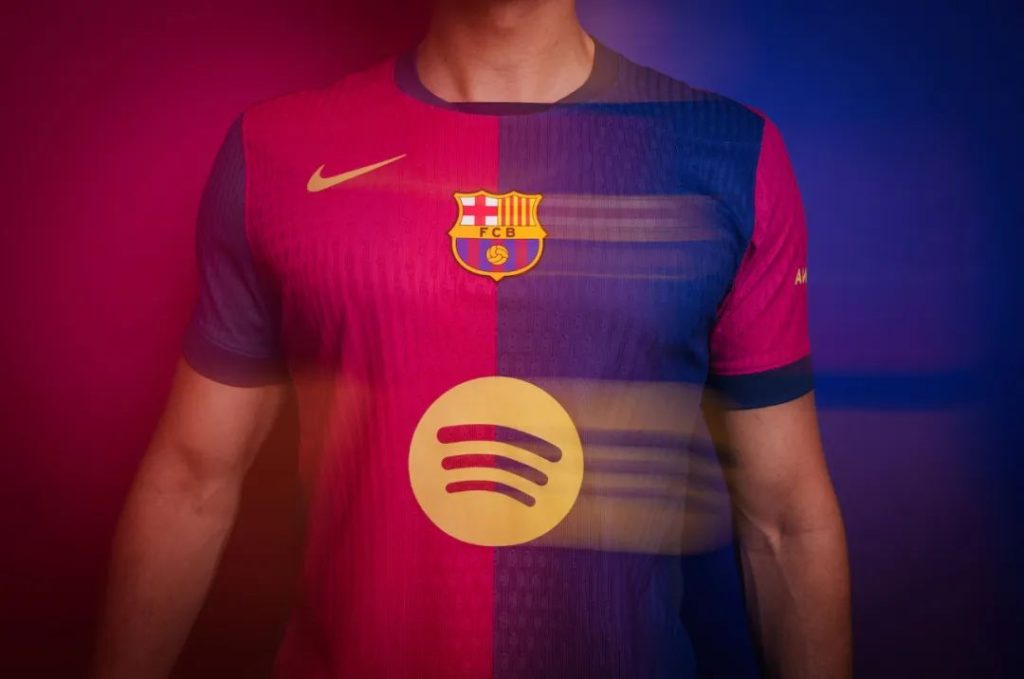
Chapter 4: Key Players and Their Role in Barcelona’s Rebuild
While new signings are critical to Barcelona’s future, the club’s existing core players also play a crucial role in the rebuilding process. Players like Pedri, Gavi, Ansu Fati, and Sergi Roberto represent the future of Barcelona and will be instrumental in the team’s recovery. In addition, veteran players like Marc-André ter Stegen, Sergio Busquets, and Jordi Alba continue to offer leadership and experience.
This chapter will focus on the key players in Barcelona’s squad who will be tasked with helping the club rebuild its competitive edge. We will analyze the development of the younger players, the role of the veterans, and how Xavi is working to integrate these individuals into a cohesive unit that can challenge for titles.
Chapter 5: Barcelona’s Tactical Transformation Under Xavi
One of the key elements of Barcelona’s rebuilding project is the tactical transformation under Xavi Hernández. Known for his commitment to possession-based football, Xavi has sought to bring back the style of play that made Barcelona one of the most successful clubs in the world in the early 2010s. However, Xavi’s tactical evolution has not simply been about replicating past successes. He has adapted to modern football, focusing on balance between possession and verticality, pressing high, and quick transitions.
This chapter will break down Xavi’s tactical philosophy in detail. We will look at how he has structured the team defensively, how he uses the midfield to dominate possession, and how his tactics have evolved to suit the strengths of his squad. We will also examine Barcelona’s progress in both La Liga and the Champions League under Xavi’s leadership.
Chapter 6: Financial Challenges and La Masia’s Role in the Rebuild
While Barcelona’s on-field performance is improving, the club’s financial troubles still loom large. The club continues to operate under the constraints of financial fair play regulations and is forced to make smart financial decisions. Barcelona’s ability to sign top-tier players is impacted by its financial situation, and the club has had to rely heavily on free transfers, loan deals, and sales of key players.
Additionally, La Masia, Barcelona’s famed youth academy, remains a cornerstone of the club’s identity. Players like Pedri, Gavi, and Ansu Fati represent the future of Barcelona, and Xavi has committed to promoting youth development as part of the club’s long-term strategy.
This chapter will explore Barcelona’s financial challenges, the importance of La Masia in the club’s rebuilding efforts, and how the club is balancing short-term goals with long-term sustainability.
Chapter 7: Can Barcelona Compete with Europe’s Elite?
The ultimate test for Barcelona’s rebuild will be their ability to compete with the best clubs in Europe. With Real Madrid, Bayern Munich, Manchester City, and others still dominating the European scene, Barcelona’s goal is to return to the pinnacle of the Champions League. The club’s performance in the competition, along with their consistency in La Liga, will determine if their rebuilding efforts have truly been successful.
This chapter will assess Barcelona’s current standing in European football, focusing on their progress in the Champions League, their ability to challenge for top-tier titles, and how their new signings and tactical evolution measure up against Europe’s elite teams.
Conclusion: The Road Ahead for Barcelona
In conclusion, Barcelona’s road to recovery is a long and challenging one, but the club has made significant strides under Xavi Hernández. With key signings, a tactical transformation, and a focus on youth development, the club has the potential to return to the top. However, the financial constraints, the growing competition, and the need for consistency in both domestic and European competitions will continue to test Barcelona’s resolve.
Can Barcelona’s new signings help restore the club to its former glory? The answer remains uncertain, but with the right strategy, a commitment to rebuilding, and the development of their young stars, the club’s future is undoubtedly full of potential.

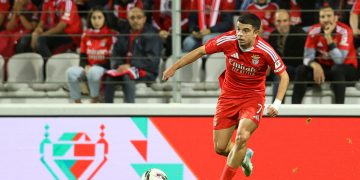
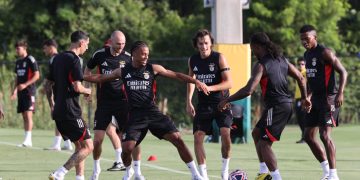
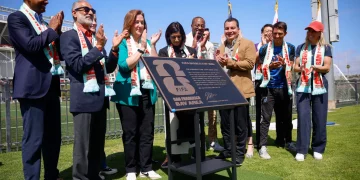


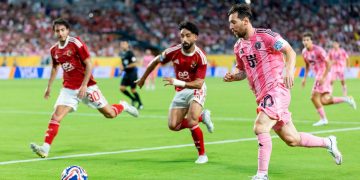







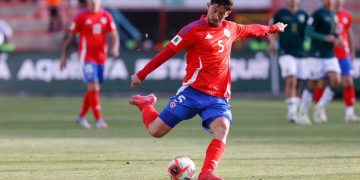

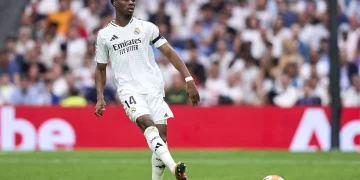




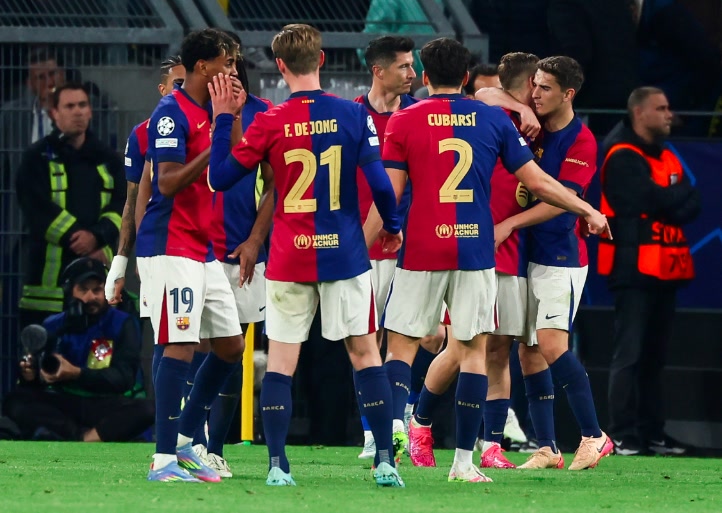












Discussion about this post